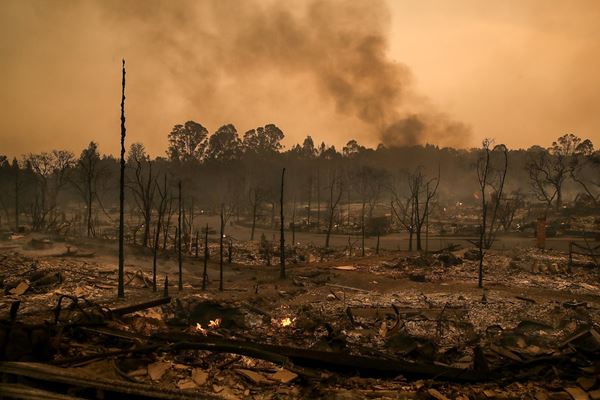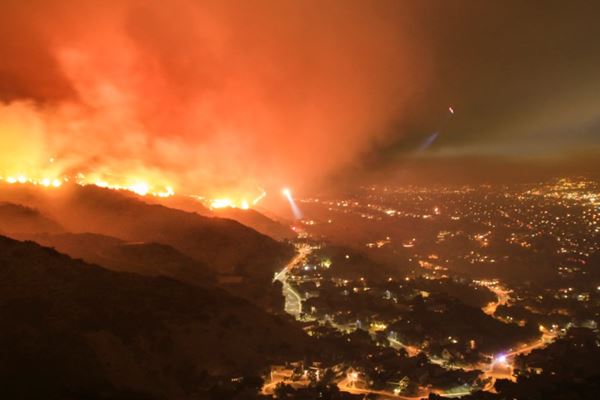Mudslides and Debris Flows Associated with Wildfires

Every year, wildfires burn millions of acres of land across North America. With the severity, occurrence, and cost of wildfires increasing every year, the aftermath of these catastrophes, which can include devastating impacts to soils and vegetation, is resulting in an evolving environmental disaster. In this paper, we will discuss mudslides and debris flows caused by wildfires, impacts of mudslides and debris flows on structures, and outline what can be done to control and mitigate soil erosion and other environmental issues after wildfires.
Environmental Effects After a Wildfire
Wildfires result in widespread loss of forest and undergrowth, which greatly changes the look and nature of the landscape. Typically referred to as the burn scar, the burned land surfaces caused by a wildfire are partially to completely devoid of vegetation. Extreme heat exposure from wildfires can kill microbes, alter soil texture and sterilize the soil several inches deep, although recolonization is generally rapid and can actually increase after a wildfire due to the flush of nutrients. This rapid change in landscape greatly affects the ground cover and erodibility of the ground. Since it takes several years for vegetative stands to recover, it is not unusual for mud and debris flows to form during the first few wet seasons after a wildfire.
Download our whitepaper to read more and learn:
- Environmental Effects After a WildFire
- Debris Flow
- Areas Affected by Wildfires to Debris Flow
- Soil Erosion Control After Wildfires
Nuestros consultores están listos para ayudar.




